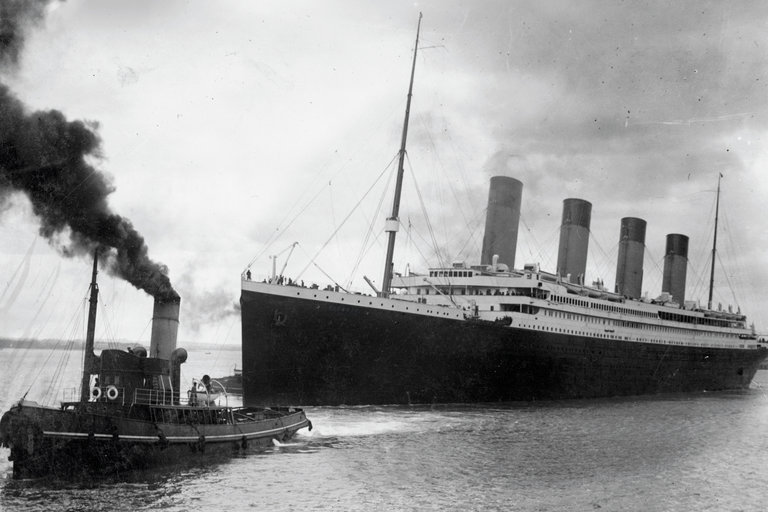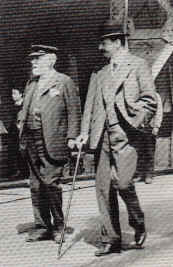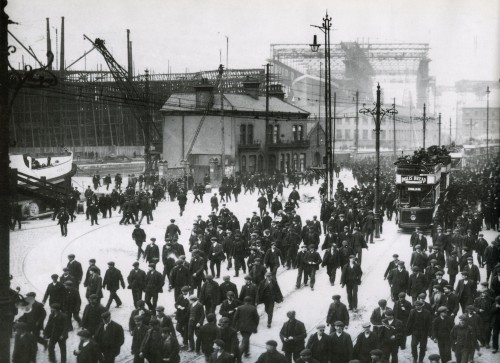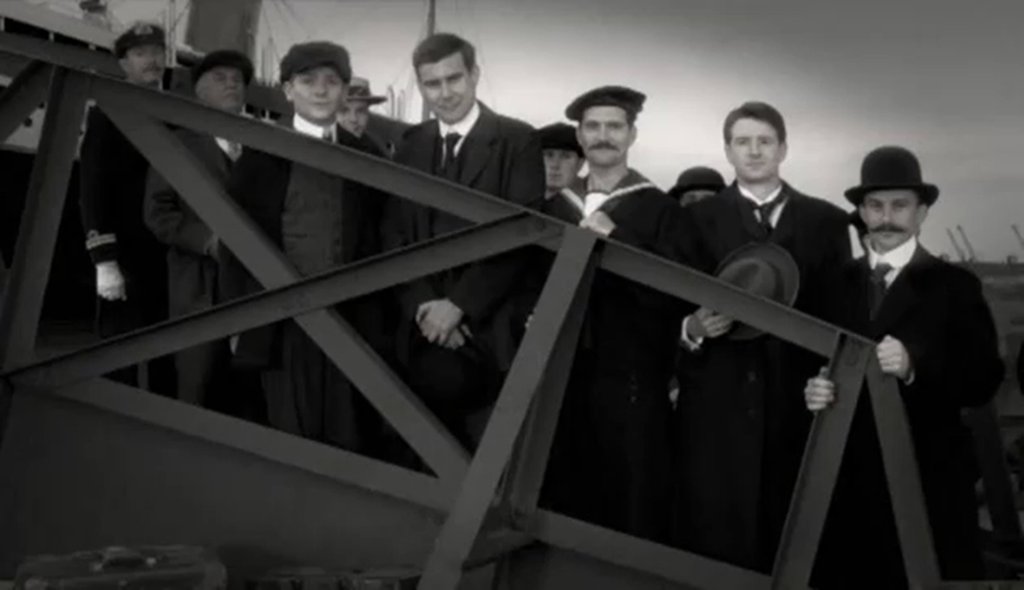Titanic Today
/Although the RMS Titanic sank nearly 105 years ago, the ship is still making news. Documentaries, books, movies, exhibits, and conferences about Titanic continue to draw our attention. Now, there’s even a video-on-demand Titanic Channel! Here’s a sampling of the latest news about the ship:
Did a fire cause Titanic to sink? A 2017 New Year’s Day British television documentary, “Titanic: The New Evidence,” claimed a coal fire in one of Titanic’s bunkers was the real cause of her sinking. According to the documentary, newly-discovered photographs taken before Titanic left the Harland and Wolff shipyard in Belfast reveal a long black mark on the ship’s starboard side. Experts claim the mark was likely caused by a coal fire, which could have weakened the hull. When the ship struck an iceberg during its maiden voyage from Southampton to New York, the already damaged hull didn’t stand a chance.
04titanic-master768
Titanic leaving Southampton on April 10, 1912
Not everyone agrees with the documentary’s findings, however. On Encyclopedia Titanica’s Facebook page, for example, many Titanic experts state the findings are “old news” and largely false. Bunker fires in coal-burning ships were common at the time, and although Titanic did have a fire in one of her bunkers, it was not severe enough or in the area that would have caused the mark in the photograph. The fire was extinguished prior to striking the iceberg, and it did not damage the ship’s hull.
Titanic in China
The Chinese are constructing a full-size replica of the Titanic, although it will be permanently docked on a river. Slated to open near the end of 2017, the tourist attraction in Sichuan will be an exact reproduction of the ship, down to the last detail. At a cost of over one billion yuan, developers claim that visitors will be able to experience what life was like aboard the luxurious liner. Even the moment the Titanic struck the iceberg will be reproduced using high-tech simulators.
161201155929-china-titanic-05-exlarge-169
Titanic China under construction
Titanic Belfast 2017
Among the many international exhibits and events focusing on the Titanic this year, perhaps the most publicized will be the Titanic Gathering in Belfast. The city where the ship was built is already the home of the world’s top-rated tourist attraction, Titanic Belfast. The April 14-15 gathering will coincide with the 105th anniversary of the sinking, and will feature expert speakers, discussions, tours, and all things Titanic. Relatives of the ship’s passengers and crew will attend, as well as authors of Titanic books and hundreds of Titanic enthusiasts from around the globe.
titanic-belfast
Photo credits: EncyclopediaTitanica.com, CNN.com, TitanicBelfast.com






